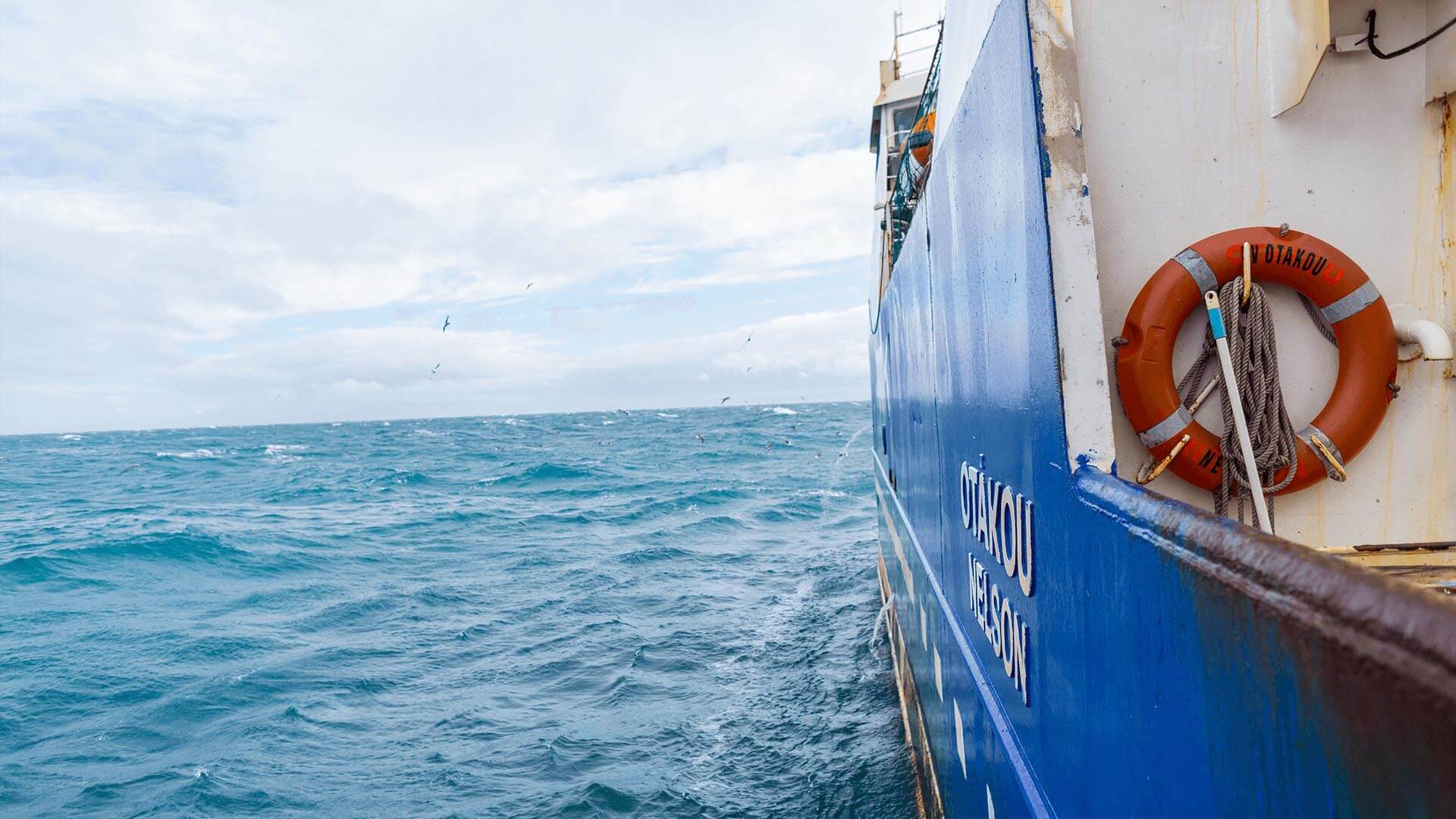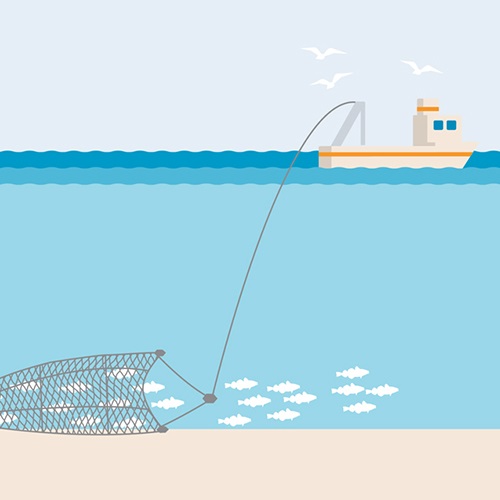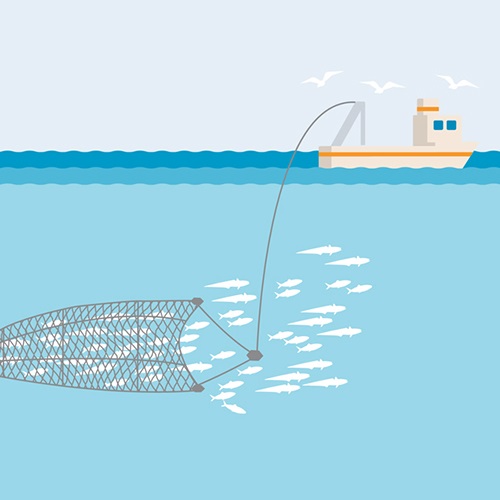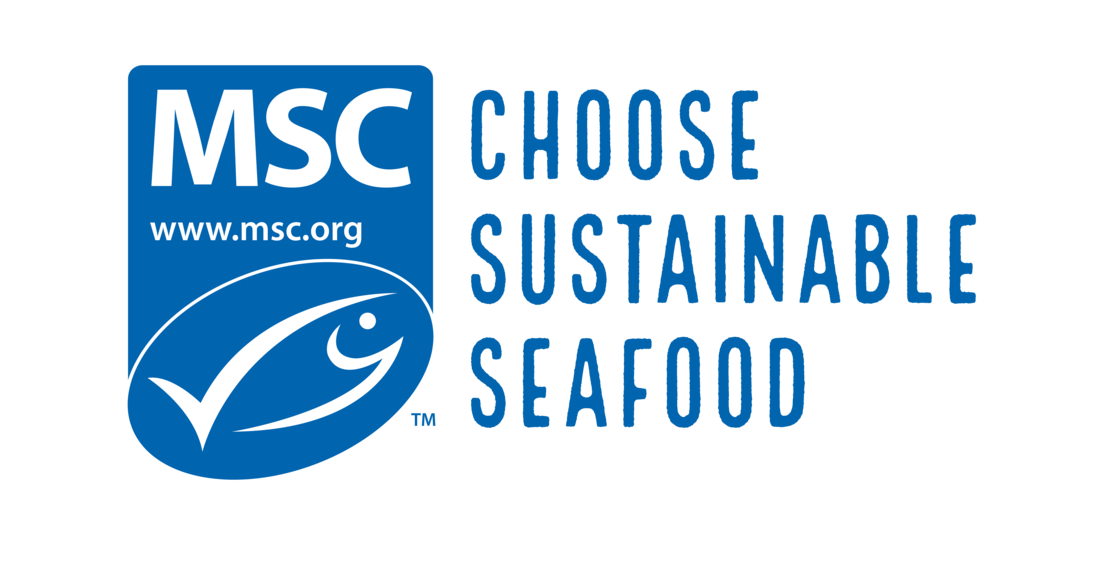The size of a fishing boat alone does not determine whether it can fish sustainably. Any fishing boat can sustainably fish if it maintains strict standards. In the end, all fisheries must be sustainable to feed the world and safeguard seafood supplies for future generations.
What is a 'super trawler'?
The term ‘super trawler’ generally refers to large trawlers that stay at sea for several weeks for the purposes of commercial fishing. Elsewhere in the world, they are called “factory trawlers” because their large size comes from facilities aboard that enable the catch to be processed, frozen and stored. This rapid processing can be necessary if the fish are to be used for human consumption rather than for animal feeds. Rapid processing is especially important for fish that deteriorate rapidly, such a mackerel. The boats are often equipped with modern technology, and many operating procedures are automated.
In April 2015, the Australian Government enacted a permanent ban on any boat over 130 metres in length from fishing in the Australian fishing zone. The Australian Government defines boats over 130 metres as ‘super trawlers’.
There is disagreement over what constitutes a ’super trawler’ with some placing the size at any boat larger than 80 metres in length.
Big vs small fishing boats: which is more sustainable?
Why do we need large factory boats?
Megan Atcheson, the MSC’s Senior Fisheries Assessment Manager, explains why sometimes bigger can be better. Read Megan’s blog Large vs small scale fishing – which is more sustainable?
Speaking in May 2019 on ABC Radio, Professor Caleb Gardner, a fisheries scientist at the University of Tasmania talks (at 10:45) about the importance of processing onboard factory boats to ensure fish for human consumption in certain species such as sardines.

Does MSC certified seafood come from ‘super trawlers’?
Yes, many MSC certified fisheries involve the use of “super trawlers” or factory trawlers. These include fisheries like Alaskan pollock that are imported into Australia.
When you buy seafood with the blue fish tick label that means it has come from an MSC certified sustainable fishery.
To achieve MSC certification fisheries, regardless of size, fishing methods and gear types, are independently assessed by a team of scientists. Fisheries that voluntarily go through this process have their sustainability evaluated on three criteria: healthy fish populations, minimised ecosystem impact and effective management. The assessment process for fisheries engaged in the MSC program is open and transparent, allowing anyone to provide information to the assessment team.
Fisheries must continue to meet the MSC Fisheries Standard to remain certified, which includes compliance with all relevant national and international laws.
Do big boats cause overfishing?
There are examples of sustainable fisheries across all vessel sizes, and the common factor for preventing overfishing is the effective control of how much fish is caught. “Supertrawlers” are large because the processing facilities are aboard the vessel, rather than on land. The larger size allows fish to be processed quickly after harvest and also allows fishing to be dispersed rather than concentrated around ports. Making boats larger by including processing facilities aboard doesn’t affect the size of their nets or how much fish is caught. It’s the total amount of fish caught from all sources that are of concern for overfishing. MSC certified fisheries have their risk of overfishing measured by whether or not effective controls are in place to limit the amount of fish caught. The amount of fish caught is often referred to as a ‘quota’. Effective controls are based on reliable science and whether they are enforced.Do large fishing boats damage the marine ecosystem?
To be certified to the MSC Fisheries Standard, a fishery must take in to account the position of different fish species in the ecosystem – also known as a food web. Certain fish species can play a vital role in an ecosystem such as one that is eaten by larger fish. Where this is the case, the MSC Fisheries Standard requires that their population is maintained at a higher level and that the amount of fish taken is reduced. 'Super trawlers' have neither higher or lower risk of ecosystem damage than other types of boats. The critical aspect is whether the amount of fish that can be caught is set at an appropriate level.
What about accidentally caught fish?
Bycatch is fish or other marine species caught by mistake. Sometimes fisheries cannot avoid bycatch because some species swim together. To be MSC certified, fishing activity must not have a long-term detrimental impact on the population of any marine species. To retain their certificate, MSC certified fisheries must also comply with relevant national and international law on Endangered, Threatened and Protected species.
Often when a fishery becomes MSC certified some minor things still need to improve so that the fishing managers can keep their certificate. These conditions have resulted in significant reductions to the level of bycatch. For example, the Northern Prawn Fishery industry relies on trawl and has been leading innovation in bycatch reduction through the use of a new bycatch reduction device called the 'Tom's Fisheye'. Trials have shown the invention can reduce bycatch by up to 40 per cent compared to the square mesh panel, which has been the bycatch reduction device primarily used in the past.
MSC certified fisheries that use ‘super trawlers’ or factory trawlers have potential bycatch and these need to be managed in all cases. Bycatch management is typically easier in fisheries with a smaller number of large vessels where technology can be more quickly implemented. Plus it’s easier for government fisheries managers to monitor catches using independent observers aboard the vessels or with deck cameras.
Can I buy seafood that doesn't come from a supertrawler?
Each day thousands of fishing boats go out to sea, big and small. But which is more sustainable? We tend to think small equals beautiful and big equals bad, but that's not true. A fishery's sustainability does not depend on the size of its boats - but rather its impact on the marine environment, if populations of fish remain healthy and how it’s managed.
To be sure you’re purchasing sustainable seafood look for the blue fish tick.
Find out more

Bottom or demersal trawl fishing
Bottom trawling is used worldwide as a way of catching large numbers of fish. Its environmental impacts can be reduced with careful management.

Pelagic trawl fishing
Pelagic trawls are cone-shaped nets that are towed along behind one or two boats. They are designed to target fish in the mid and surface water.
Teach and learn about sustainable fishing
Use our curriculum-relevant teaching and learning resources to discover how we can help keep our oceans healthy for generations to come.


